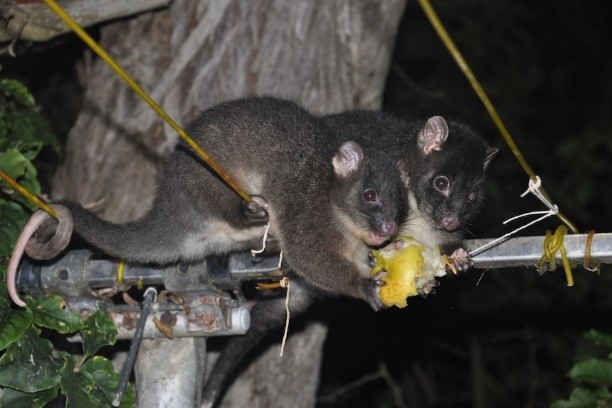POSSUMS
Australia is renowned for its diverse possum species, classified under the mammalian order Didelphimorphia.. In Australia, about twenty-three possum species thrive, some infiltrating residential areas at night and producing growling sounds on rooftops. Despite their nuisance, Australian possums are protected, necessitating professional removal if they inhabit suburban rooftops. Beams pest management can come and assess your pesky possum problem And find the right solution give us a call for a free no obligation visit
The Common Brushtail Possum
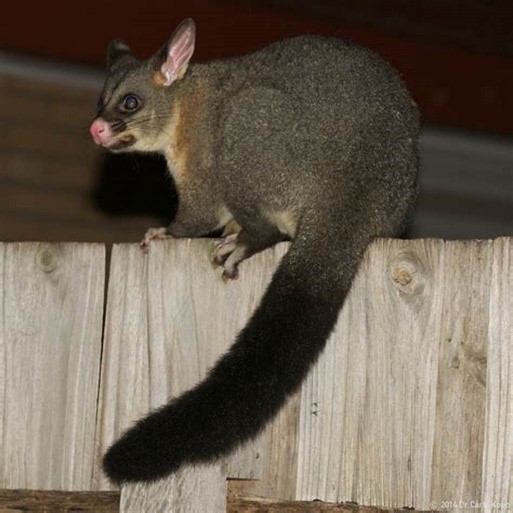
The Common Ringtail Possum
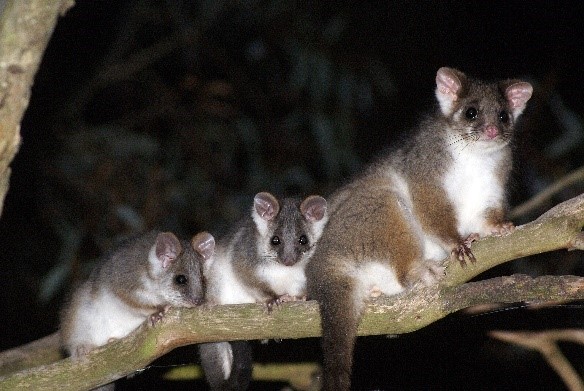
PYGMY POSSUMS
Mountain Pygmy Possums
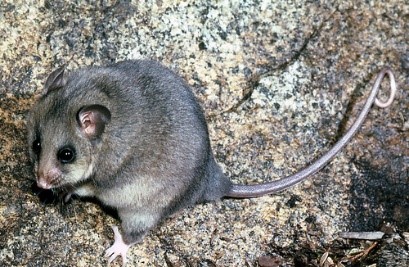
Eastern Pygmy possum
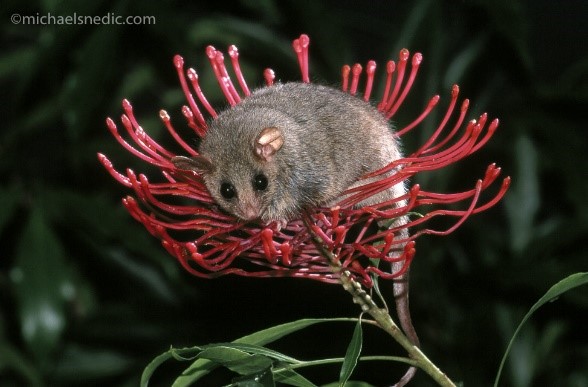
Western Pygmy Possum

Long Tailed Pygmy Possum
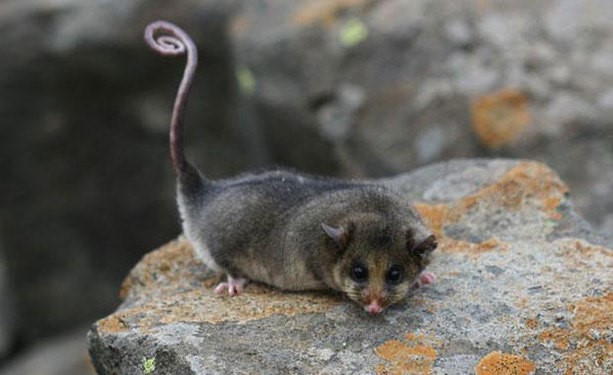
Tasmanian Pygmy Possum
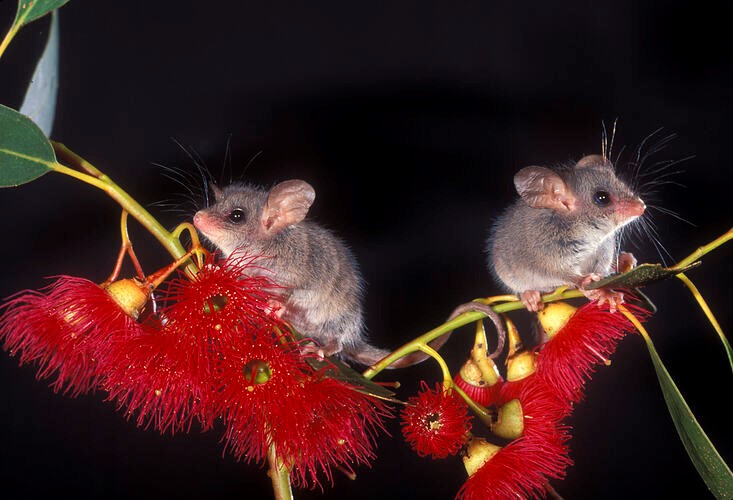
Honey Possum
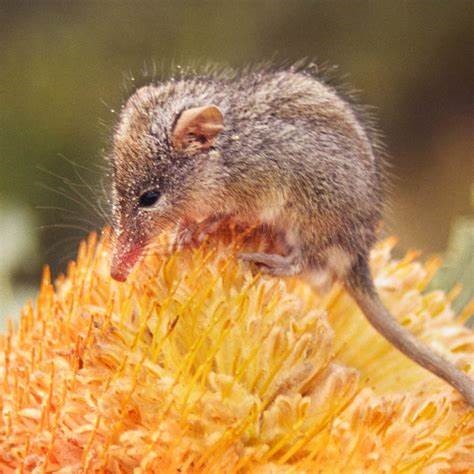
The Mountain Brushtail Possum
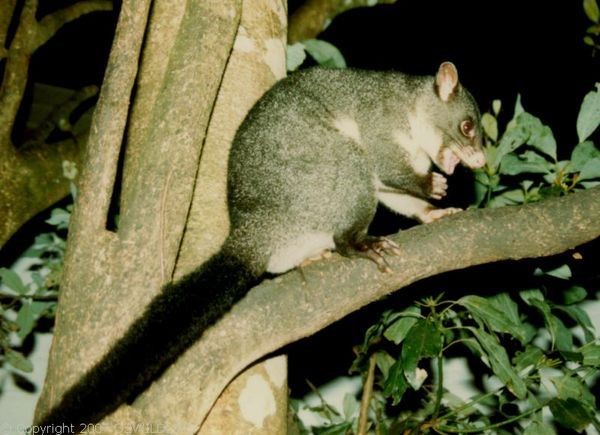
The Northern Brushtail Possum
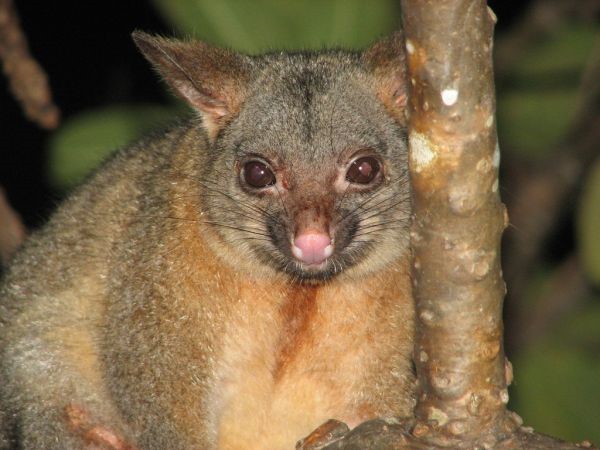
The Green-tail Possum
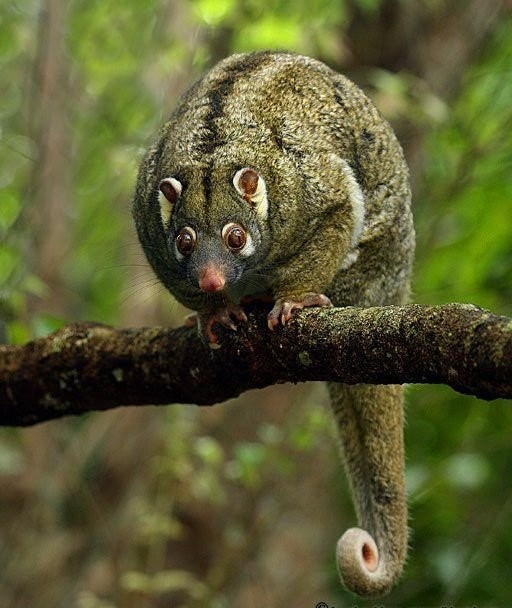
Scaly-Tailed Possum

Leadbeater’s Possum
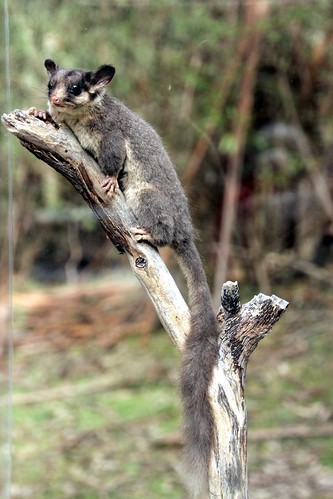
Herbert River Ringtail Possum
Typically dwelling in dense rainforests, it rarely ventures to the ground, feeding on leaves, flowers, and fruits of trees like the silver Quandong. Shy and predominantly solitary, adults are seldom seen in groups, while joeys may occasionally gather in nests.

Striped Possum
It feeds on insects, leaves, pollen, beetles, native bee larvae honey, and fruits. Adapted with chisel-like incisors, the possum can peel tree bark to access insects. During the day, it rests on branches and emits a musky smell, displaying an unusual walking style, by walking horizontally with a rowing action.
Typically dwelling in dense rainforests, it rarely ventures to the ground, feeding on leaves, flowers, and fruits of trees like the silver Quandong. Shy and predominantly solitary, adults are seldom seen in groups, while joeys may occasionally gather in nests.

Lemuroid Ringtail Possum
Being arboreal, it spends most of its time in trees, rarely descending to the ground. Inhabiting hollows, it ventures out to feed at night, leaping up to three meters wide between branches. Herbivorous, it strictly consumes leaves and flowers, displaying social behavior, often observed in groups, even within nests. Predominantly preyed upon by pythons.

Coppery Brushtail Possum
As arboreal creatures, brushtail possums, like their counterparts, predominantly inhabit trees. They rest in tree hollows during the day and emerge at night for nocturnal activities. Possessing sharp claws facilitates easy climbing, and their prehensile tails aid in wrapping around trees during ascents and leaps from branch to branch.
Their diet comprises various foods such as leaves, fruits, tree barks, and buds. Communication involves different sounds and scents, with sharp hisses and deep coughs during mating. These possums are commonly found near houses and are known for emitting growling noises at night. In Queensland, invading brushtail possums are protected by law, requiring a permit for removal. Distinguishing between a brushtail possum and a rat is straightforward, as possums typically possess a distinct tail and a grey coat of fur.
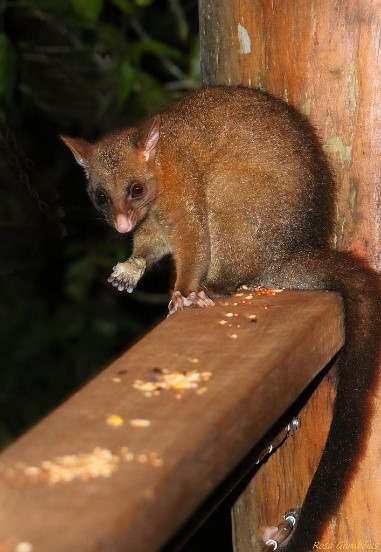
Cinereus Ringtail Possum
Born with a light brown colour that persists into adulthood, the Cinereus Ringtail Possum maintains a distinguishing feature from the Herbert River possum, which darkens as it matures. Possessing a dark stripe on their head and underside, they also exhibit a short, pointed snout, known as a ``Roman nose.`` With long prehensile tails for climbing trees, their almost hairless tails enhance gripping on wet tropic trees. Hand-like feet contribute to their adaptation for life under the canopy. Solitary creatures, they stay in hollow dens during the day, with jills carrying joeys in pouches and later their backs. As folivores, they feed on tree leaves, and limited data exists on their breeding practices. Generally quiet, they produce soft noises, especially when separated from their mother. Moving slowly for short distances while feeding, they mark territory with faeces or scent rubbing. Predators include pythons, owls, eagles, and dingoes.

Rock Ringtail Possum
Sporting reddish-grey fur on top and pale grey underneath, they exhibit a dark dorsal stripe from head to mid-back. Adapted for terrestrial life, they have short legs, claws, and a half-naked, prehensile tail. Social but shy, these possums live in small groups, favouring rock habitats and climbing trees primarily for feeding.
Herbivorous, they consume tree leaves and occasionally termites for proteins. Monogamous and strongly social, they form familial bonds, with older offspring assisting in raising the young under the mother's primary care.

Western Ringtail Possums
Western possums are herbivores, feeding on leaves and hiding in nests, known as dreys, during the day. Physically, they feature bushy tails with a whitish tip, appearing grey on the top but white on the underside.
